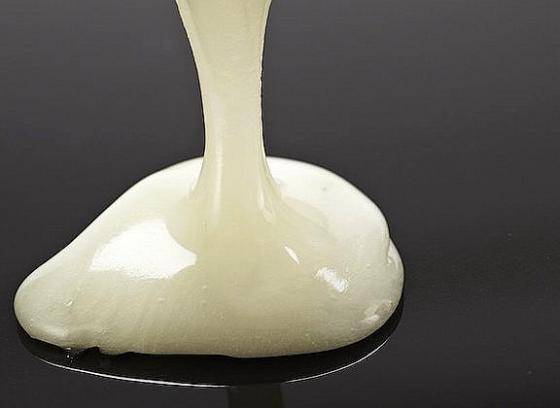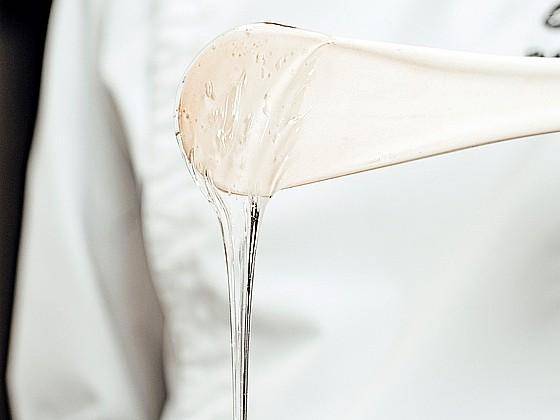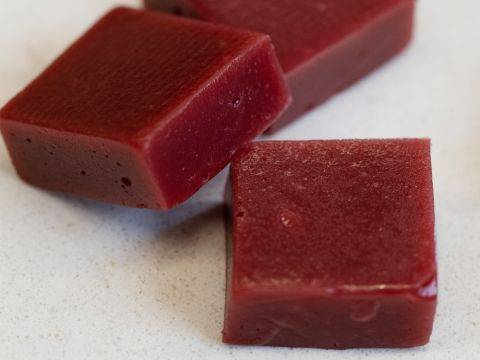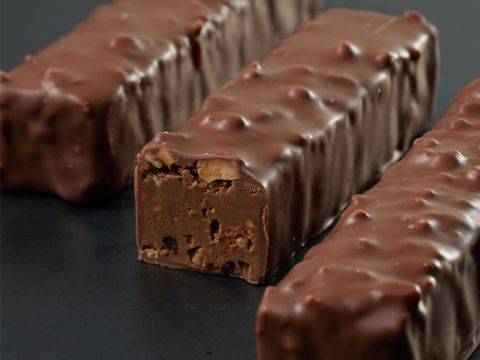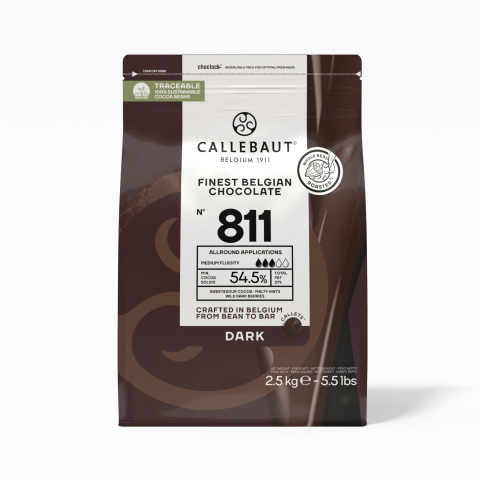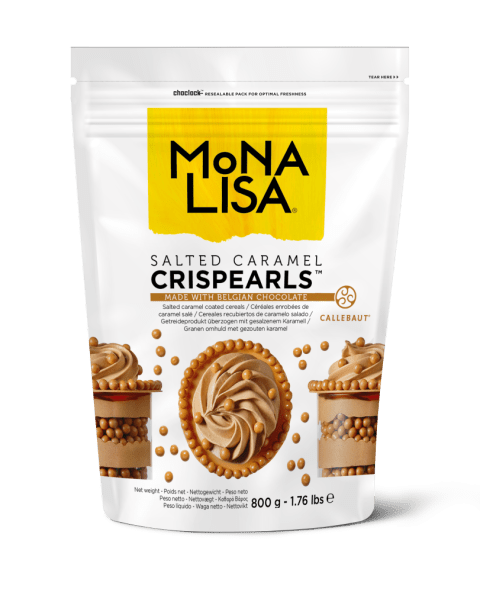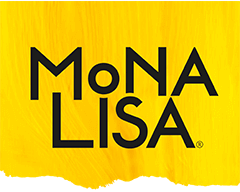Sugar Alcohols: Sorbitol and Glycerol (Key Sugars in Ganache)
Sugar Alcohols: Sorbitol and Glycerol (Key Sugars in Ganache)
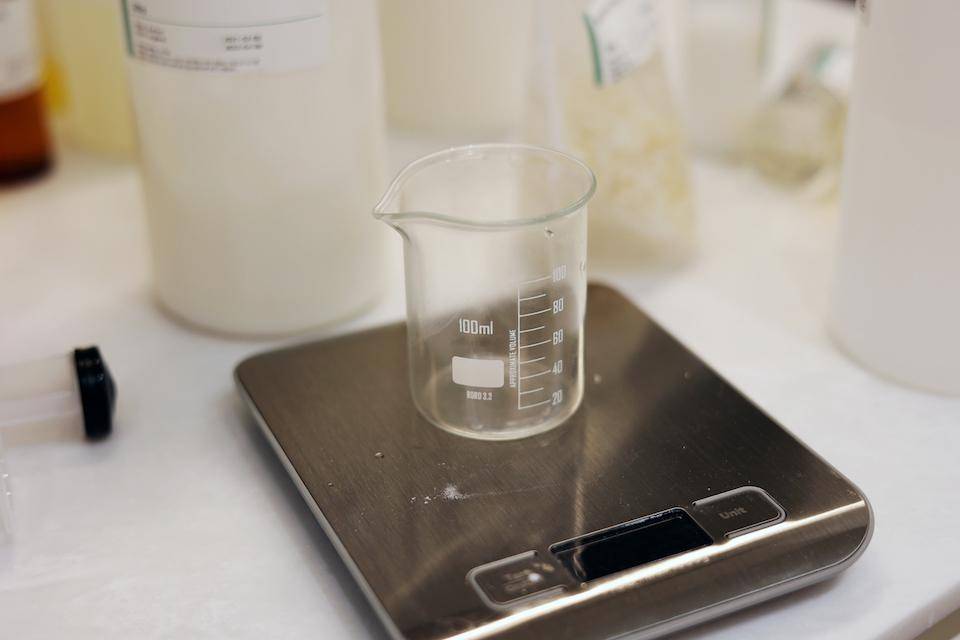
Sugar alcohols are organic compounds, typically derived from sugars, that comprise a class of polyols. Contrary to what the name may suggest, a sugar alcohol is neither an alcoholic beverage nor a sugar. They are white, water-soluble solids that can occur naturally or be produced industrially from sugars. They are used widely in the food industry as thickeners and sweeteners. In commercial foodstuffs, sugar alcohols are commonly used instead of sucrose, often in combination with high-intensity artificial sweeteners to counter the low sweetness. Unlike sugars, sugar alcohols do not contribute to the formation of tooth cavities. Sugar alcohols have received a negative image because, in high concentrations, they can cause bloating and diarrhea.
Types of Sugar Alcohols
Notice the "ol" ending!
- Sorbitol
- Glycerol (glycerine)
- Mannitol
- Maltitol
- Erythritol
- Xylitol
- Lactitol
- Etc.
However, most of these products are not widely used by the confectionery industry due to consumer perception, difficulty in use, and the industry's artisanal nature, which differentiates it from processed food manufacturers.

Sorbitol
Though many confectioners choose not to use any sugar alcohols, those that do focus on just two; the first is sorbitol.
Small amounts of sorbitol are naturally present is some fruits, however, the commercial source of sorbitol is the dextrose produced from cornstarch. Sorbitol is manufactured by hydrogenating (adding hydrogen) to dextrose. Another name for sorbitol is glucitol (resembling glucose). However, sorbitol is the term used by the food industry. In the USA, the FDA regulations permit sorbitol to be used in food “at levels not to exceed good manufacturing practices.” Sorbitol can be purchased as a fine white powder and in liquid format. The liquid is typically a composition of 70% sorbitol and 30% water, although other concentrations may be available. Typical usage in ganache recipes is from 5 to 10%.
Advantages and Disadvantages of Sorbitol
Advantages
- Moisture stabilizer and inhibits the drying out of fillings
- Binds well with water, improving shelf life
- In its pure form, has a cooling effect on the tongue
- Low glycemic sweetener (slow absorption in the body)
- Half as sweet as sucrose, so it is beneficial in high-sugar recipes at lowering sweetness
- Helps prevent sugar re-crystallization
Disadvantages
- Consumer perception
- Cost Powdered sorbitol is somewhat difficult to dissolve in liquid (similar to sucrose)
- Can have a laxative effect if more than 25g is consumed daily
- With normal use, no side effects are to be expected
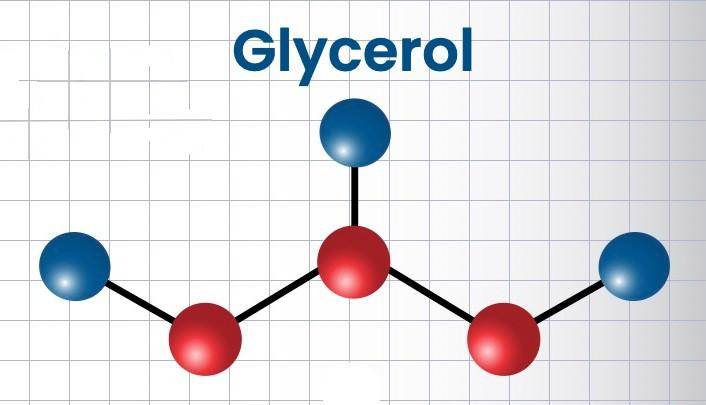
Glycerol (also called Glycerine or Glycerin)
Glycerol (also called glycerine or glycerin) is a simple polyol compound. It is a colorless, odorless, viscous liquid that is sweet-tasting and non-toxic. The glycerol backbone is found in those lipids known as glycerides. It is also widely used as a sweetener in the food industry. Glycerol is highly soluble in water and is hygroscopic, and thus is very good at keeping products moist for an extended period of time and has powerful preservation abilities. It is typically manufactured through a complex chemical process starting from soybeans or palm. If used in excess of a specific ratio (generally 5% - depending on the recipe), a waxy/metallic taste, which is undesirable, may develop.
Advantages and Disadvantages of Glycerol
Advantages
- Excellent preservation ability
- Easy to incorporate into recipes
- Very hygroscopic
- excellent moisture retention ability - Cost-effective
- Easily sourced
Disadvantages
- Consumer perception
- Certain people may be sensitive to glycerol and experience a laxative effect, headaches, dizziness, or bloating
- Some people report a waxy taste (especially if used in high concentrations)



